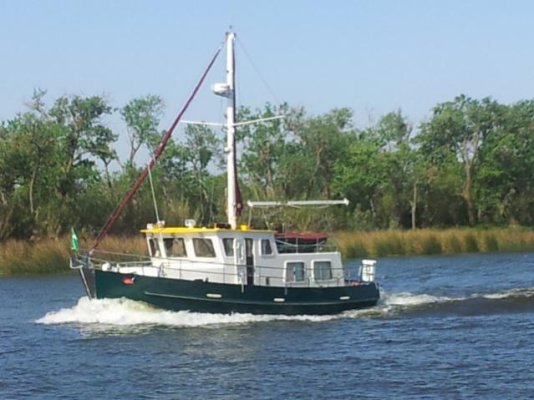Here is what a Dutch builder says about HDPE.
WHY
IS HDPE A GOOD MATERIAL FOR BOATS
SIX REASONS WHY HDPE BOATS ARE BEST
Based in the Netherlands, Tideman Boats are one of the leading HDPE workboat manufacturers in Europe. They specialize in producing only one model of boat which is made out of strong and durable HDPE plastic. The workboat is available in three different lengths, plus you can choose a propulsion package, as well as optional extras to customize the boat to your needs.
Tideman Boats are a popular choice for those working in sectors that require strong and rigid boats which are built to last. Tideman workboats are most commonly used in dredging, diving, offshore, military, surveying, security, marine, fish farm, rescue and the service sectors.
So why is HDPE a good material for boats? Read on to find out several of the main benefits of owning a Tideman HDPE workboat.
ZERO CORROSION
HDPE is not affected by salt, oxygen and water. This means that you do not have to rinse the boat after use, so less time needs to be spent on maintenance.
HIGH IMPACT RESISTANCE
Indestructible HPDE is resistance to bumps and scratches, which means it is both tough and flexible – plus it wont be punctured by rocks and other sharp objects.
LOW CARBON FOOTPRINT AND RECYCLABLE
HDPE has a carbon footprint that is five times lower than that of aluminum. HDPE can also be completely remelted and recycled into a new blend. By choosing Tideman HDPE work boats you will be doing your bit for the environment.
FLEXIBLE DESIGNS
Because of the HDPE structure, Tideman Boats can be easily customized to suit your specifications. Things like extra storage compartments or additional seating areas can all be easily welded into your custom boat. Use the special form on the website, or call one of our specialists to discuss your work boat needs.
MARINE GROWTH RESISTANT
Another perk is that the HDPE hull is smooth, and it is completely resistant to marine growth. Gone are the days when you have to scrub away for hours to remove that nasty green sludge, HDPE will stay clean and marine-free all year round.
UV RESISTANT
Tideman Boats are made from black HDPE which is mixed with carbon because so that it is resistant to UV light. While other boat hulls can fade and become brittle due to sun exposure, our boats will remain black and sturdy.
If you want more information on why is HDPE a good material for boats, then head to this section of the Tideman website. Does a Tideman boat sound perfect for your needs? Fill out our configurator, and we will get back to you with a quote.
You can also email us, or give us a call if you want to speak to one of our friendly team directly. From its long-shelf life to its eco-friendly design, a HDPE Tideman workboat is sure to impress.
BACK TO NEWS
Nieuwendammerkade 28C3
1022 AB Amsterdam
The Netherlands
Workshop/showroom:
Neutronweg 5F
1627 LG Hoorn
The Netherlands
TIDEMAN BOATS
+31 20 22 39 034
info@tidemanboats.com
VAT: NL 855523487B01



